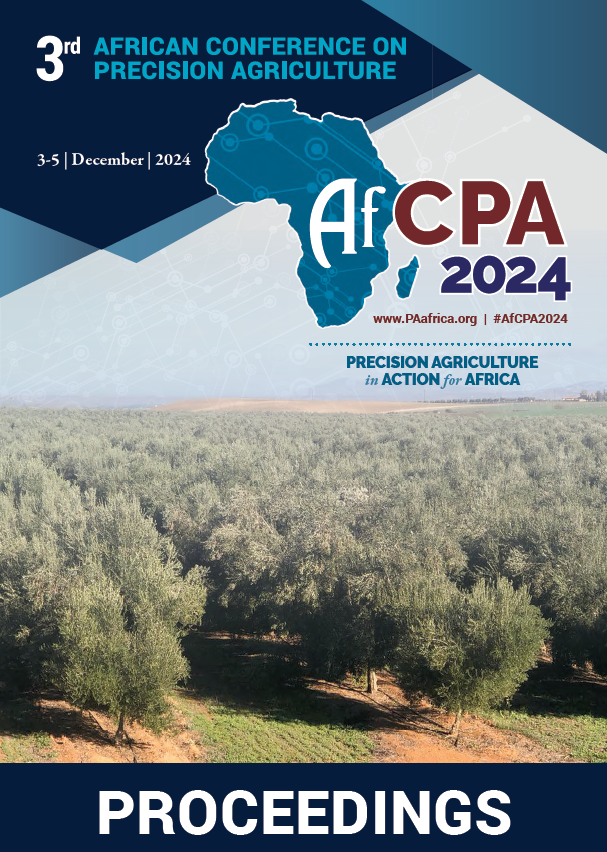Download the Conference Proceedings
Proceedings
Authors
| Filter results5 paper(s) found. |
|---|
1. Deep Learning is bringing pan-African small holder advisory services based on mid-infrared spectroscopic soil analysis to the next levelThe majority of African smallholder farmers do not have access to soil analytical services. The main reasons are relatively high costs of wet chemical services and difficult logistics. As a result they have to rely on blanket fertilizer recommendations. This often causes poor soil management due to very heterogeneous soil conditions. As a result, the return on investment from blanket fertilizer recommendations is low and fertilizer acceptance is not growing among smallholder farmers. Soil spectral... T. Terhoeven-urselmans, D. Fletcher, M.M. Karanja, J.W. Kamau |
2. Mapping African soils at 30m resolution - iSDAsoil - Eastern Time Zones“iSDAsoil” combines remote sensing data and other geospatial information with carefully stratified point samples subjected to spectral analysis and traditional wet chemistry reference analysis. State of the art machine learning techniques were used to create digital maps of 17 agronomically important soil properties at 3 depths, including estimates of uncertainty. iSDAsoil is designed to encourage sharing and we hope that the owners of other soil and agronomic data, in industry... C. Van beek, M. Chernet, S. Aston, M. Miller, J. Collinson, K. Shephard, J. Crouch, T. Terhoeven-urselmans |
3. The Use of Precision Agriculture Tools to Monitor the Growth Performance of Pineapple in Different Soil Management SystemsPineapple production is important in Ghana as a source of food, raw material for industry and foreign exchange from export, especially to the European Union (EU) market. In Ghana, pineapple growth and yield assessment are done with field-based measurements and chemometric methods in laboratories, but, collecting primary data in this way is time-consuming, costly, and laborious. Moreover, there are few technically skilled people with specialization in rigorous laboratory methods, and information... E. Hanyabui |
4. Photogrammetrically Assessed Smallholder Pineapple Fields in Ghana Using Small Unmanned Aircraft SystemsUltra-high-resolution imagery taken by small unmanned aircraft systems (sUAS, drones) has been proven beneficial for the monitoring of agricultural crops in conventional farming especially in the context of precision farming. For smallholder pineapple cultivation, the use of sUAS imagery is still sparsely evaluated. However, technical developments in low cost sUAS-sensor combinations make assessments of agricultural areas by service providers more and more affordable for Africa. In this study,... M. Hobart, E. Anin-adjei, E. Hanyabui, G. Badu-marfo, M. Schirrmann, N. Schiller |
5. Improving Lime and Fertiliser Recommendations for Smallholders Using Co-variate Zoning and Low Cost Mir Soil Testing TechnologySmall-holder farmers lack for them affordable access to crop and field specific lime and fertilisation advice. Another challenge is that while crop and region specific fertiliser blends could be produced, high resolution, unbiased and up to date soil information is lacking and thus crop and region specific blends are not produced. As a result, the farmers are left with a small number of available compound and fertiliser blends that often do not match the crop needs. This is not a convincing situation... T. Terhoeven-urselmans |
